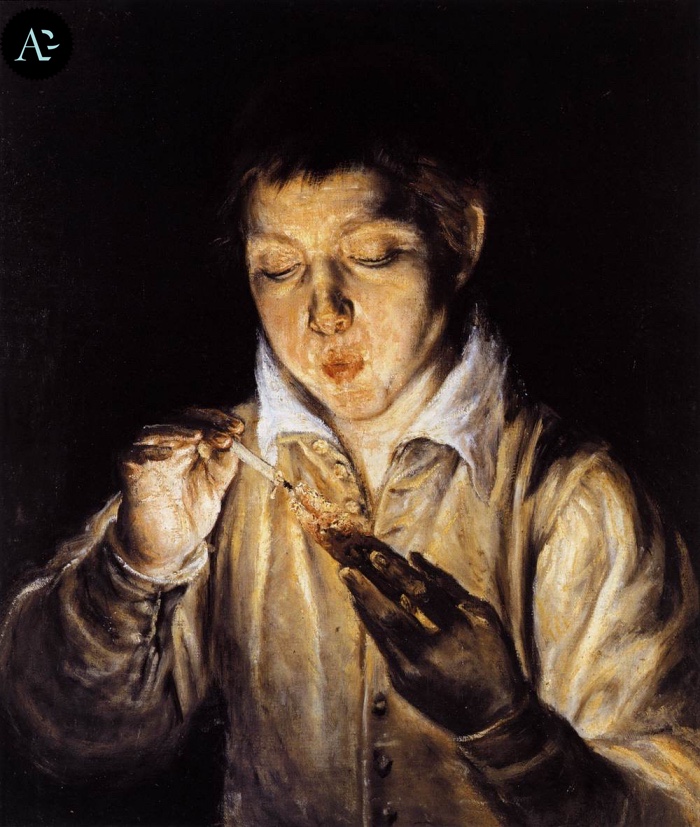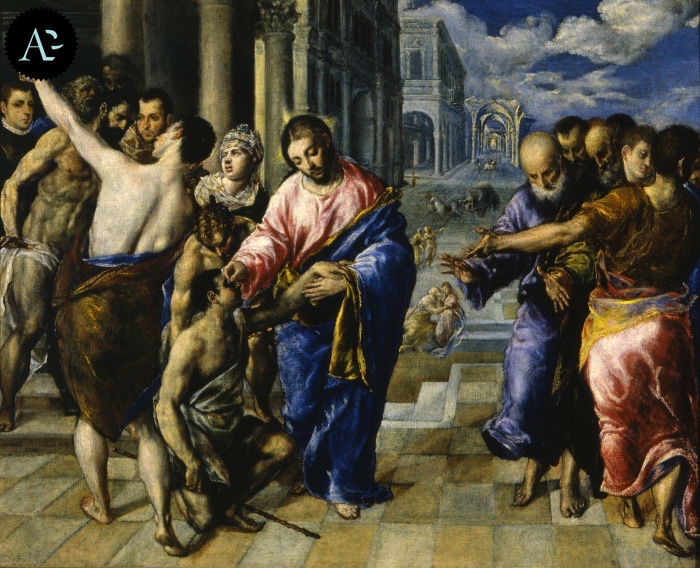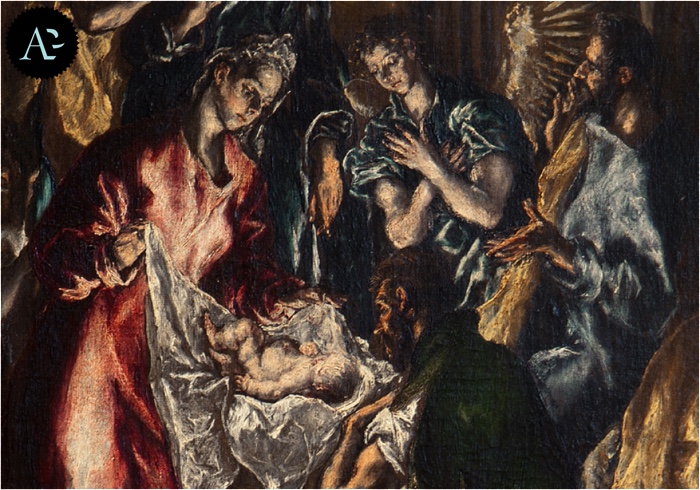
5 things to know about El Greco
El Greco was the Renaissance artist who, more than other artists, developed a unique and personal style. He inspired generations of artists, and especially those who would be the protagonists of the 20th- century artistic scene.
There are still some obscure issues concerning El Greco’s life, but we know for sure that he rejected the Byzantine culture in favour of the Western culture, and created a unique style.
5 things to know about El Greco
1.
Dominikos Theotokopoulos, known as El Greco, was born in Crete in 1541.
He received his initial training as an icon painter of the Cretan school. Crete was at that time part of the Republic of Venice and the Venetian novelties arrived in the island through copies and reproductions of the most important masterpieces.
At the age of 22 El Greco was already an icon master, but his style showed his desire and will to emulate his contemporary Venetian artists.

2.
El Greco moved to Venice around 1567, at the age of 26, in order to complete his training.
There he could see works by the greatest masters, such as Titian, Tintoretto, Veronese, and Bassano.
In Venice he discovered the perspective of the colour, and he passed from a spiritual dimension of the icons to the western narrative technique of the paintings, painting in a more flowing way.

3.
In 1570 El Greco moved to Rome and he was received at the Palazzo Farnese, which Cardinal Alessandro Farnese had transformed into a centre of the artistic and intellectual life of the city.
El Greco was famous for being an excellent portrait painter and a disciple of Titian, but his stay in Rome wasn’t successful.
In fact he didn’t manage to work on the decoration of palaces of Rome and his association with the cardinal Farnese lasted only 19 months.
Unfortunately, El Greco didn’t succeed in Rome because he didn’t paint frescoes (very appreciated in Rome) and he acquired enemies more than friends, showing the supremacy of Venetian Renaissance painting style over Roman and Tuscan painting.

4.
In 1577 El Greco migrated to Madrid, and then to Toledo, where he created his mature paintings.
At that time Toledo was the religious capital of Spain and there the painter was received as a great artist and found appreciation.

5.
El Greco died in Toledo on 7 April 1614. His works of art would be an important point of reference for the 20th- century avant-gardes artists, such as Picasso, Chagall, Modigliani and many more.
Picasso himself said that El Greco was the only Cubist painter before him. He drew his inspiration for inventing Cubism from El Greco.

READ ALSO: El Greco in Italy. Latest discoveries with new works, two unpublished works by El Greco and three works that laboratory analyses and analysis of the pictorial style carried out by the Scientific Committee have proved to be authentic.


Picasso ha detto una bella bugia perchè non è lui lìinvetore del cubismo. Diciamo che El greco lo poteva comodamente imitare diventando un ottimo copista del maestro rinascimentale.. Il quadro di El Greco sul ” quinto sigillo dell’apocalisse” divenne il quadri scuola delle Avanguardie, ma per una questione religiosa. A me sinceramente non piace molto , ma divenne “lo spagnolo” tra gli spagnoli e questo merito se lo merita..
Su Picasso si dice tutto e il contrario di tutto. Lui stesso ha alimentato il suo mito con frasi ad effetto e una vita inimitabile. Come tutti i grandi si ama o si odia 😉